“Giving children meaningful, quality, free play opportunities in this period of exponential brain growth is the best, most cost-effective way to prepare them with the skills required to live in our modern society.” — Marcus Veerman
The research that’s been done on the importance of play is extensive. From the American Academy of Pediatrics, which recommends play as “essential to development because it contributes to the cognitive, physical, social, and emotional well-being of children,” to the UN’s High Commission for Human Rights, which asserts that play is the right of every child because of its importance to optimal child development, having a safe place to play is acknowledged as an essential need.
What happens when you’re very poor and a safe place to play is not an option?
Marcus Veerman (the Founder and CEO of Playground Ideas) says he first became inspired to build playgrounds when he visited Mae Sot, Thailand with his wife Willow. He arrived with no plans; just an open mind and an eagerness to do whatever he could to help the community. He built a geodesic dome sauna and taught photography to children. He also “dabbled” in making motorbike trailers, bamboo, linoleum kayaks, solar ovens, and hot water services from local materials. Eventually, a local organization asked him to build a playground. With his inquisitive mind, Marcus naturally responded, “why not?” He built a playground with a team of volunteers and builders. Despite the playground’s simplicity, it was such a success that it led to many more requests of a similar nature. In the span of 2 years, they built 40 playgrounds along the Thai-Burma border. Since 2007, Veerman’s organization, Playground Ideas, has provided aid and inspiration and helped to build 2,147 playgrounds globally, changing the lives of over a million children.
The Global Search for Education welcomes Marcus Veerman, Founder and CEO of Playground Ideas.
“What we know works, in terms of long-term sustainability, is when the community itself has the desire for a play space, comes up with the funds, sources local, affordable materials and the people to build it and has ownership of the whole project.” — Marcus Veerman
Which playground (out of 2000 you’ve helped to build) gives you the most satisfaction and why?
Many people around the world (currently in 143 countries) have used our ideas and designs to build their own playgrounds. Of the many playgrounds that I have been part of, the Ruben Centre in Kenya stands out as one of the most satisfying. It was created with two amazing colleagues, Elizabeth Moreno and Amy Church, and was in the center of Kenya’s third largest Slum. 600,000 people live in Mukuru, a densely packed dusty maze of streets where, right at the center is a school with over 2000 children. Although they had a large football field, our community consultation showed how precious that open space was for everything from football to weddings, so instead of building over it, we built 5 pocket playgrounds throughout the whole site in all the little nooks we found. The children showed us how they were making their own toys from a particular type of local clay, and we took that activity (which concerned teachers because of the messiness) and created a ceramics area with craft tables, turning it into a sustainable, creative space that both children loved and teachers could see the benefit of. The community consultation also uncovered the everyday trauma so many children faced, and so we allowed them to explore their experiences in a safe and supportive environment by creating a play town containing a hospital and pharmacy.
Two months after the build, the Ruben staff conducted an internal survey about the playground. The head teacher acknowledged “that the playground has added value to the school and the children generally love the new ground. Children have become very active both in classes and outdoors and their concentration in class has improved, which she sighted is due to a fresh and relaxed mind. The playground is a motivation for kids to come to school. In fact, it is very hard to get them out of school in the evenings after classes because they want to remain behind and play. The playground has also made outdoor classes easier. For instance, in mathematics, teachers use a four way seesaw to demonstrate weighing and balancing concepts to pupils. In social studies, pupils can use the village section of the field to learn various cultural aspects of Kenyan communities.”
“Play is a child’s primary tool to develop and that is why the brain so richly rewards children with a happy high of hormones when they do it.” — Marcus Veerman
After a playground is built, what’s the plan for sustainability? What does it take to create lasting “play”?
The whole story behind Playground Ideas is that it is totally unsustainable for some white guy from Australia to fly around the world, building what he thinks is a cool playground for a community and then hightailing it out of there. It’s also unsustainable and difficult to ship playgrounds in. What we know works, in terms of long term sustainability, is when the community itself has the desire for a play space, comes up with the funds, sources local, affordable materials and the people to build it and has ownership of the whole project. Our role is to simply fill in any gaps in knowledge through our online resources that anyone can access for free. When the community has ownership, they are more likely to maintain the playground, to use it and look after it, and they are vested in it lasting for kids to come. Our open-source on demand model attracts highly motivated individuals ready to make a change in their community.
The other way we work is by helping NGOs roll out major programs as part of much larger education system programs that are linked with the long term plans of government.
If you were to ask your “playground communities” how your playgrounds have impacted their lives what would the different audiences most likely say? What would they want to improve?
Play is a child’s primary tool to develop and that is why the brain so richly rewards children with a happy high of hormones when they do it. Without it, they will struggle and fail to thrive throughout their lives. Suffice it to say that kids love what we do. Teachers, on the other hand, are often reluctant at first to relinquish class time over to play time, thinking it frivolous and dangerous. Yet evaluations conducted have then shown that teachers find that children who have more time to play are better able to concentrate in class and that the children learn vital skills unable to be taught in a formal education setting.
“Through play, children experiment and test out possibilities. The very nature of play is that it allows children to pretend, to explore different alternatives, to problem solve and to be creative.” — Marcus Veerman
Imagination and innovation are critical in the age of machines. What are your best tips for how we nurture these skills in humans?
Through play, children experiment and test out possibilities. The very nature of play is that it allows children to pretend, to explore different alternatives, to problem solve and to be creative. Studies have shown that children in developmentally appropriate play-based settings scored higher on measures of creativity, or divergent thinking, than children in academically oriented classrooms and that children engaged in elaborate pretend play scenarios are then better able to perform counterfactual reasoning.
Yes, our brains are plastic and we can learn to be more creative later on. But in early life our brains are forming pathways we often carry throughout our lives. Giving children meaningful, quality, free play opportunities in this period of exponential brain growth is the best, most cost effective way to prepare them with the skills required to live in our modern society.
(All photos are courtesy of Playground Ideas)
C. M. Rubin and Marcus Veerman
Join me and globally renowned thought leaders including Sir Michael Barber (UK), Dr. Michael Block (U.S.), Dr. Leon Botstein (U.S.), Professor Clay Christensen (U.S.), Dr. Linda Darling-Hammond (U.S.), Dr. MadhavChavan (India), Charles Fadel (U.S.), Professor Michael Fullan (Canada), Professor Howard Gardner (U.S.), Professor Andy Hargreaves (U.S.), Professor Yvonne Hellman (The Netherlands), Professor Kristin Helstad (Norway), Jean Hendrickson (U.S.), Professor Rose Hipkins (New Zealand), Professor Cornelia Hoogland (Canada), Honourable Jeff Johnson (Canada), Mme. Chantal Kaufmann (Belgium), Dr. EijaKauppinen (Finland), State Secretary TapioKosunen (Finland), Professor Dominique Lafontaine (Belgium), Professor Hugh Lauder (UK), Lord Ken Macdonald (UK), Professor Geoff Masters (Australia), Professor Barry McGaw (Australia), Shiv Nadar (India), Professor R. Natarajan (India), Dr. Pak Tee Ng (Singapore), Dr. Denise Pope (US), Sridhar Rajagopalan (India), Dr. Diane Ravitch (U.S.), Richard Wilson Riley (U.S.), Sir Ken Robinson (UK), Professor Pasi Sahlberg (Finland), Professor Manabu Sato (Japan), Andreas Schleicher (PISA, OECD), Dr. Anthony Seldon (UK), Dr. David Shaffer (U.S.), Dr. Kirsten Sivesind (Norway), Chancellor Stephen Spahn (U.S.), Yves Theze (LyceeFrancais U.S.), Professor Charles Ungerleider (Canada), Professor Tony Wagner (U.S.), Sir David Watson (UK), Professor Dylan Wiliam (UK), Dr. Mark Wormald (UK), Professor Theo Wubbels (The Netherlands), Professor Michael Young (UK), and Professor Minxuan Zhang (China) as they explore the big picture education questions that all nations face today.
The Global Search for Education Community Page
C. M. Rubin is the author of two widely read online series for which she received a 2011 Upton Sinclair award, “The Global Search for Education” and “How Will We Read?” She is also the author of three bestselling books, including The Real Alice in Wonderland, is the publisher of CMRubinWorldand is a Disruptor Foundation Fellow.
Follow C. M. Rubin on Twitter: www.twitter.com/@cmrubinworld

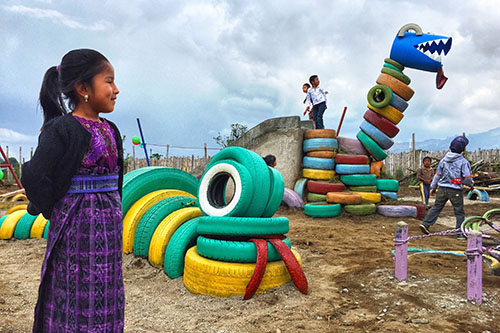
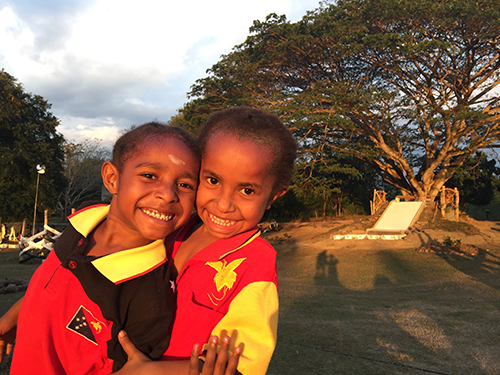

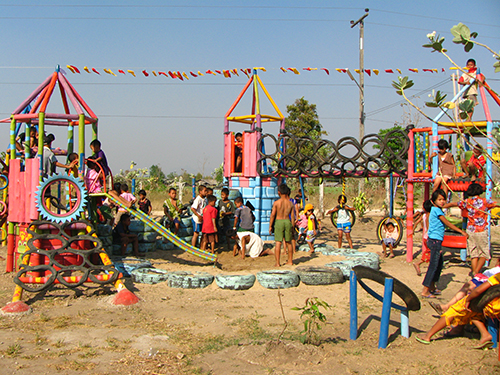
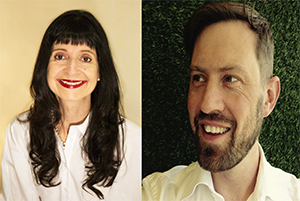
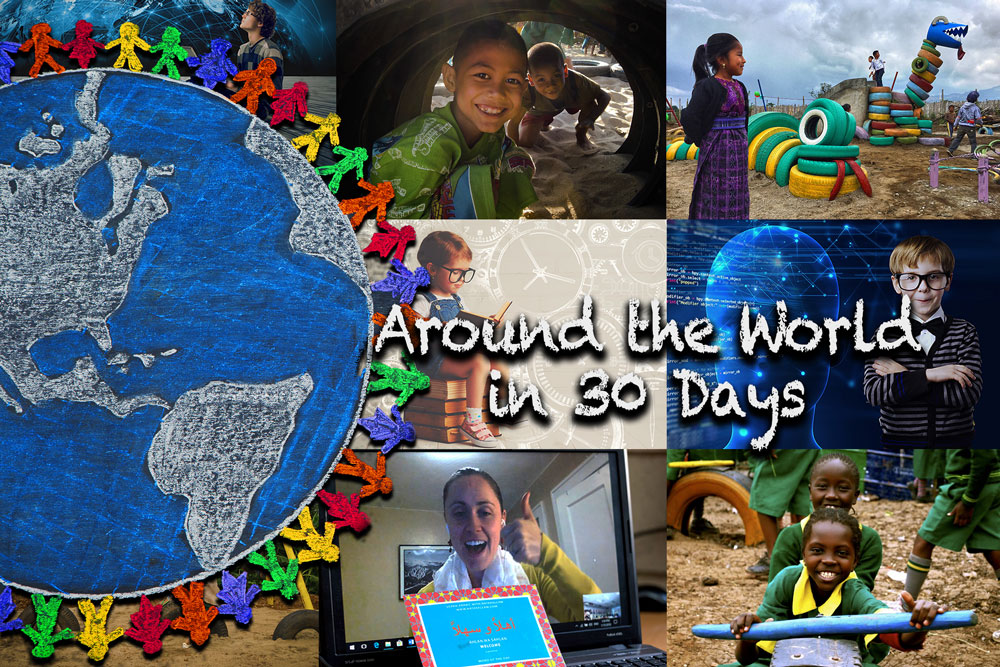

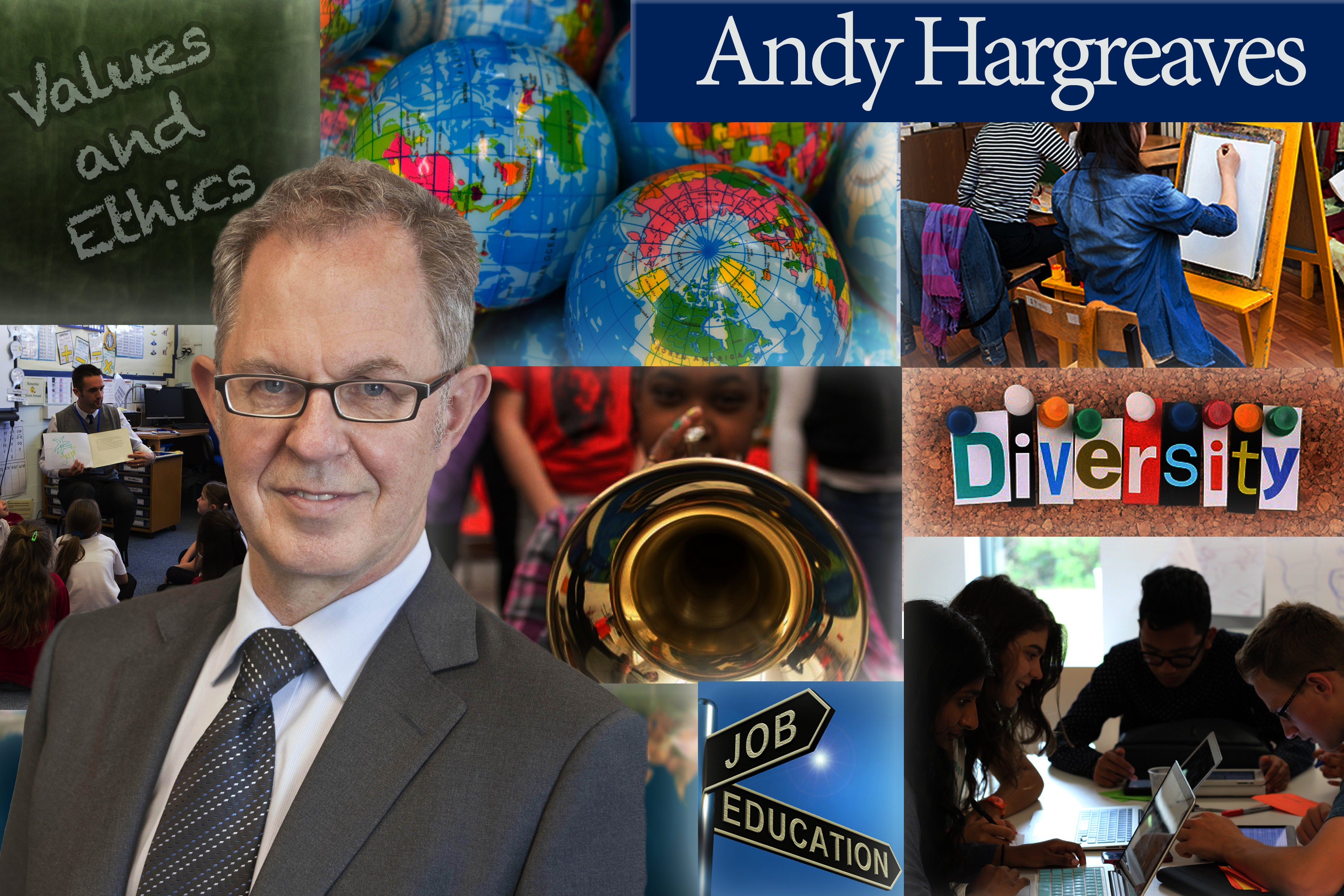
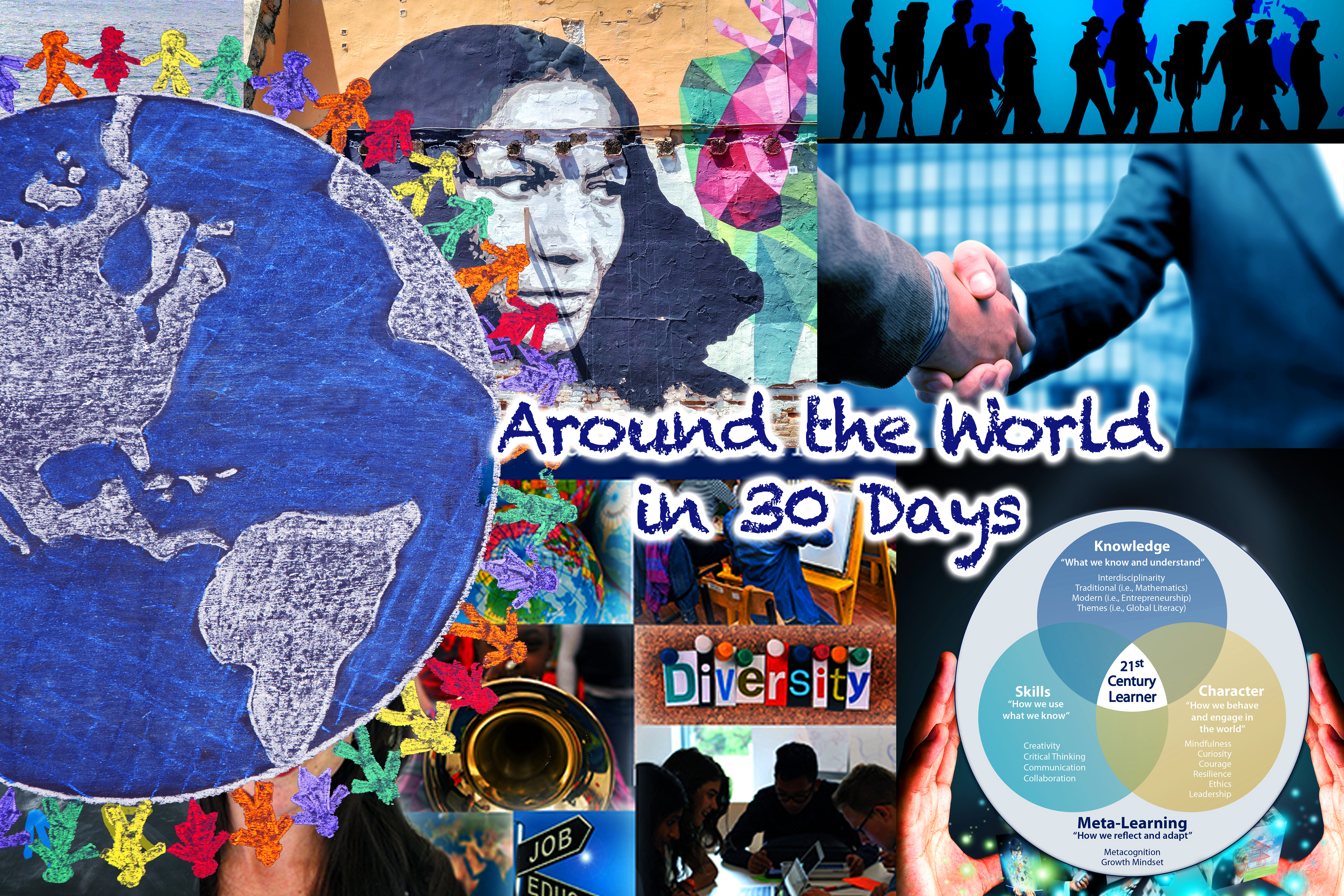
Recent Comments